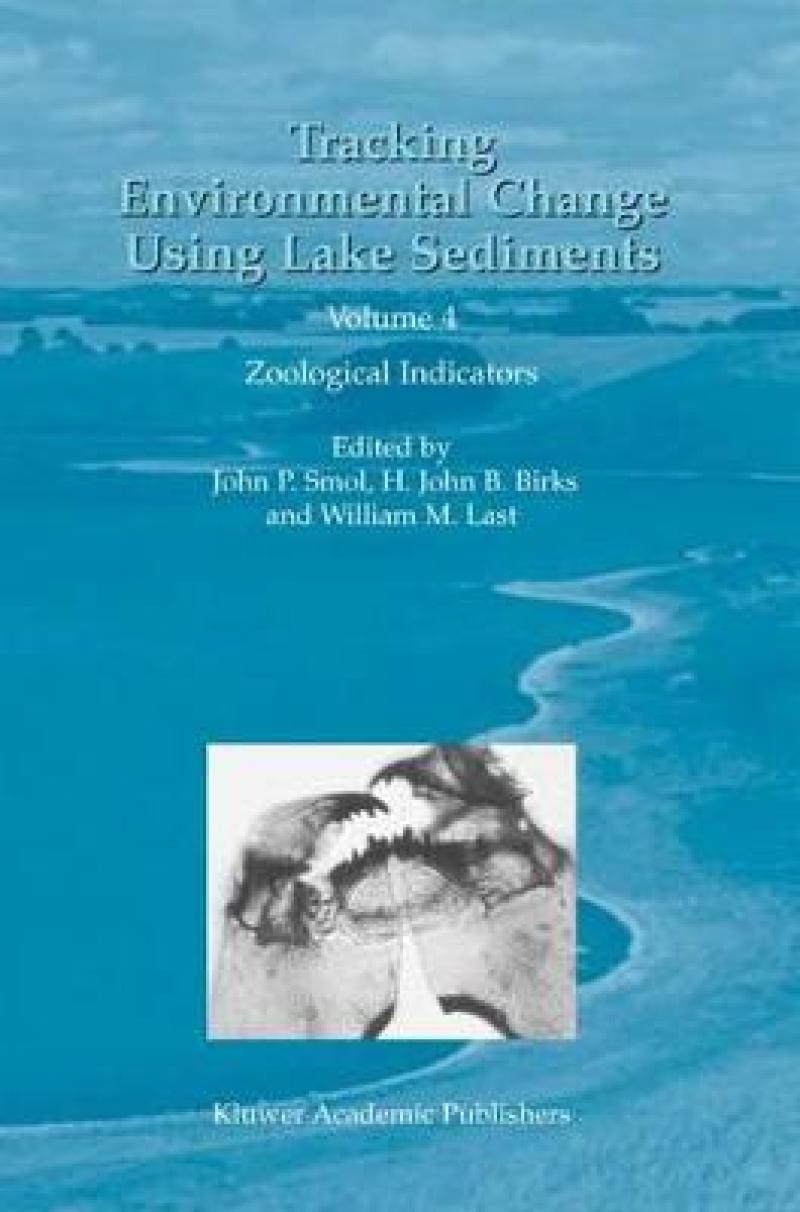"This book is an excellent compendium of modern uses and techniques of various zoological indicators (other than protozoa, rotifers and sponges). The editors have done a superb job in keeping the chapters broadly focused and aimed at the introductory level, making the content of this volume accessible to other specialist and non-specialist alike from a variety of disciplines." <br /><em>(Lisa E. Park, Dept. of Geology, University of Akron, OH, USA </em>in<em> Journal of Paleolimnology, 30:4)</em>
Paleolimnology is a rapidly developing science that is now being used to study a suite of environmental and ecological problems. This volume is the fourth handbook in the Developments in Paleoenvironmental Research book series. The first volume (Last & Smol, 2001a) examined the acquisition and archiving of sediment cores, chronological techniques, and large-scale basin analysis methods. Volume 2 (Last & Smol, 2001b) focused on physical and chemical methods. Volume 3 (Smol et al. , 2001), along with this book, summarize the many biological methods and techniques that are available to study long-term environmental changeusing information preserved in sedimentary profiles. A subsequent volume (Birks et al. , in preparation) will deal with statistical and data handling procedures. It is our intent that these books will provide sufficient detail and breadth to be useful handbooks for both seasoned practitioners as well as newcomers to the area of paleolimnology. These books will also hopefully be useful to non-paleolimnologists (e. g. , limnologists, archeologists, palynologists, geographers, geologists, etc. ) who continue to hear and read about pal- limnology, but have little chance to explore the vast and sometimes difficult to access journal-based reference material for this rapidly expanding field. Although the chapters in these volumes target mainly lacustrine settings, many of the techniques described can also be readily applied to fluvial, glacial, marine, estuarine, and peatland environments. This current volume focuses on zoological indicators preserved in lake sediments, whilst Volume 3 focused on terrestrial, algal, and siliceous indicators.
Les mer
Volume 2 (Last & Smol, 2001b) focused on physical and chemical methods. This current volume focuses on zoological indicators preserved in lake sediments, whilst Volume 3 focused on terrestrial, algal, and siliceous indicators.
Les mer
Zoological Indicators in Lake Sediments: An Introduction.- Cladocera and Other Branchiopod Crustaceans.- Midges: Chironomidae and Related Diptera.- Coleoptera and Trichoptera.- Oribatid Mites.- Bryozoan Statoblasts.- Ostracoda.- Freshwater Molluscs.- Fish.
Les mer
Includes supplementary material: sn.pub/extras
GPSR Compliance
The European Union's (EU) General Product Safety Regulation (GPSR) is a set of rules that requires consumer products to be safe and our obligations to ensure this.
If you have any concerns about our products you can contact us on ProductSafety@springernature.com.
In case Publisher is established outside the EU, the EU authorized representative is:
Springer Nature Customer Service Center GmbH
Europaplatz 3
69115 Heidelberg, Germany
ProductSafety@springernature.com
Les mer
Produktdetaljer
ISBN
9781402006586
Publisert
2002-06-30
Utgiver
Vendor
Springer-Verlag New York Inc.
Høyde
234 mm
Bredde
156 mm
Aldersnivå
Research, UU, UP, P, 05, 06
Språk
Product language
Engelsk
Format
Product format
Innbundet
